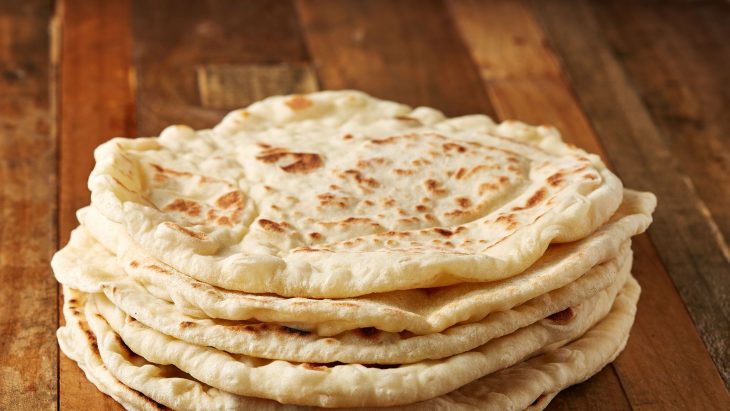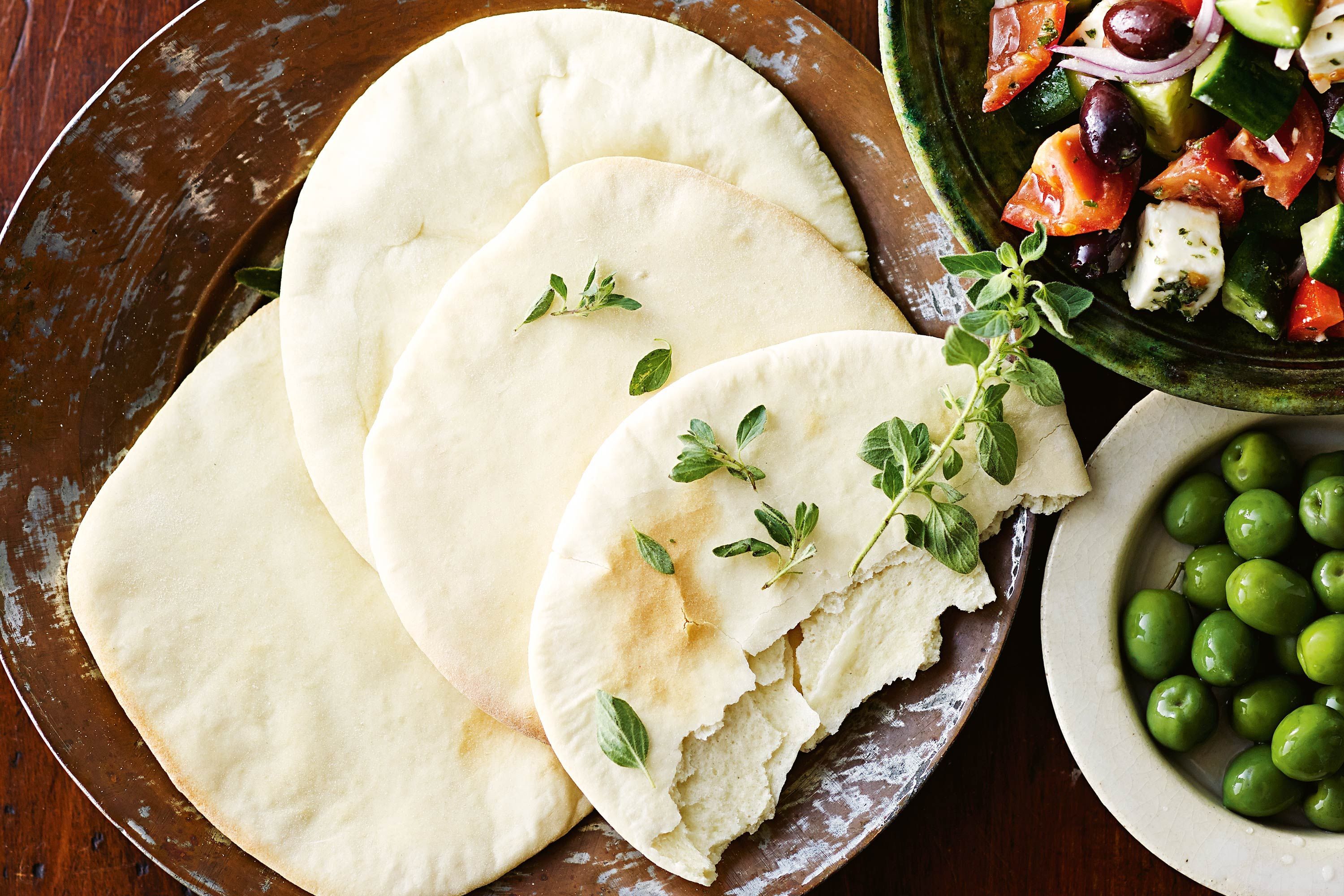
Pita bread, a staple in many cultures, is known for its versatility and health benefits. Whether you’re filling it with hummus and vegetables or using it as a base for a unique creation, understanding pita nutrition facts can help you make informed choices about incorporating it into your daily diet. Here are 15 nutrition facts about pita bread, specifically focusing on wheat pita bread, including whole wheat options.
1. Calories
A single serving of wheat pita bread typically contains around 170 calories. This makes it a moderate option for calorie-conscious individuals.
2. Protein
Protein is crucial for muscle repair and growth. Wheat pita bread provides about 6 grams of protein per serving, contributing to your daily protein intake.
3. Fat Content
Pita bread has a relatively low fat content, with around 1 gram per serving, including small amounts of polyunsaturated and monounsaturated fats, but minimal saturated fat.
4. Fiber
Whole wheat pita bread is a good source of fiber, offering about 4 grams per serving. Fiber aids in digestion and can assist in weight management.

5. Sodium Intake
A serving of pita bread contains approximately 340 mg of sodium. Monitoring sodium intake is essential for maintaining healthy blood pressure levels.
6. Complex Carbohydrates
Wheat pita bread is rich in complex carbohydrates, providing energy for the body. These are essential for fueling physical activities and brain function.
7. Gluten Content
Wheat pita bread contains gluten, making it unsuitable for individuals with celiac disease or gluten sensitivities.
8. Vitamins and Minerals
Whole wheat pita bread contains small amounts of vitamins and minerals, including B vitamins, which are vital for energy production and maintaining healthy skin.

9. Saturated Fat
Pita bread is low in saturated fat, contributing to a healthier heart and supporting weight management goals.
10. Whole Wheat Advantage
Choosing whole wheat pita bread over white pita can provide additional health benefits, including higher fiber content and more nutrients.
11. Vitamin D
While pita bread does not naturally contain vitamin D, pairing it with foods high in vitamin D can create a balanced meal.
12. General Nutrition Advice
Consulting with a healthcare professional can provide personalized advice on how much of a nutrient your food contributes to your daily diet.

13. Popular Choice for Meals
Due to its nutritional profile, pita bread is a popular choice for meals, serving as a healthier alternative to other bread options.
14. Versatility in Diet
Pita bread can be used in various meals, from sandwiches to personal pizzas, making it a versatile addition to any diet.
15. Health Benefits
Incorporating whole wheat pita bread into your diet can offer health benefits related to digestion, weight management, and reduced risk of chronic diseases.
Conclusion
Pita bread, with its unique pocket and versatile nature, offers a delightful culinary experience. Beyond its taste and texture, pita bread also boasts several nutritional benefits. From its moderate calorie content to its contribution of essential macronutrients, pita bread can be a healthy addition to a balanced diet. Whether you choose to enjoy it with lean proteins, as a vegan option, or as part of a Mediterranean-inspired meal, pita bread is sure to satisfy your cravings while keeping your health in mind.
Frequently Asked Questions (FAQs)
Can pita bread be used for gluten-free diets?
Traditional pita bread contains gluten due to its wheat flour composition. However, gluten-free versions of pita bread are available, typically made from alternative flour such as rice flour or chickpea flour.
How can I incorporate pita bread into my weight loss plan?
Pita bread can be a great option for weight loss when paired with lean proteins and plenty of fresh vegetables. Opt for fillings like grilled chicken or turkey, along with nutrient-rich salad ingredients.
Is pita bread suitable for diabetics?
Pita bread generally has a lower glycemic index compared to many other bread types, which means it causes a slower rise in blood sugar levels. However, it’s always best to consult with a healthcare professional for personalized advice.
Can I freeze pita bread?
Yes, pita bread can be frozen to prolong its freshness. Place it in a sealed bag or container and store it in the freezer. When needed, thaw it at room temperature or briefly warm it in the oven.
How long can I store pita bread?
Properly stored, pita bread can stay fresh for several days. Keep it in a cool and dry place, ideally in a sealed bag or container, to maintain its quality and flavor.
Was this page helpful?
Our commitment to delivering trustworthy and engaging content is at the heart of what we do. Each fact on our site is contributed by real users like you, bringing a wealth of diverse insights and information. To ensure the highest standards of accuracy and reliability, our dedicated editors meticulously review each submission. This process guarantees that the facts we share are not only fascinating but also credible. Trust in our commitment to quality and authenticity as you explore and learn with us.
